<h1 style="text-align: center; line-height: 100%; font-size: 250%;">
<strong style="color: #002e6d;">Binding</strong> Methods
</h1>
<h2 style="color: #c24d00;">
Saddle-Stitch Binding
</h2>
<p>
With saddle-stitch binding, metal staples are "stitched" along the fold or spine, binding the book down the middle. During the process, the book rests on a saddle-like apparatus, hence the name "saddle-stitch". This binding is great for books with no more than 100 pages, including training materials, pamphlets, catalogs, and magazines.
</p>
<p>
If your product is too thick for a saddle-stitch, side-stitching is an alternative, cost effective option. Like with saddle-stitching, with the side-stitch, the book is bound with metal staples. Instead of stapling the product down the middle fold however, the pages are stapled on the side of the cover. This is also called a French stitch or stab stitch. Keep in mind that the book will not lie flat when opened.
</p>
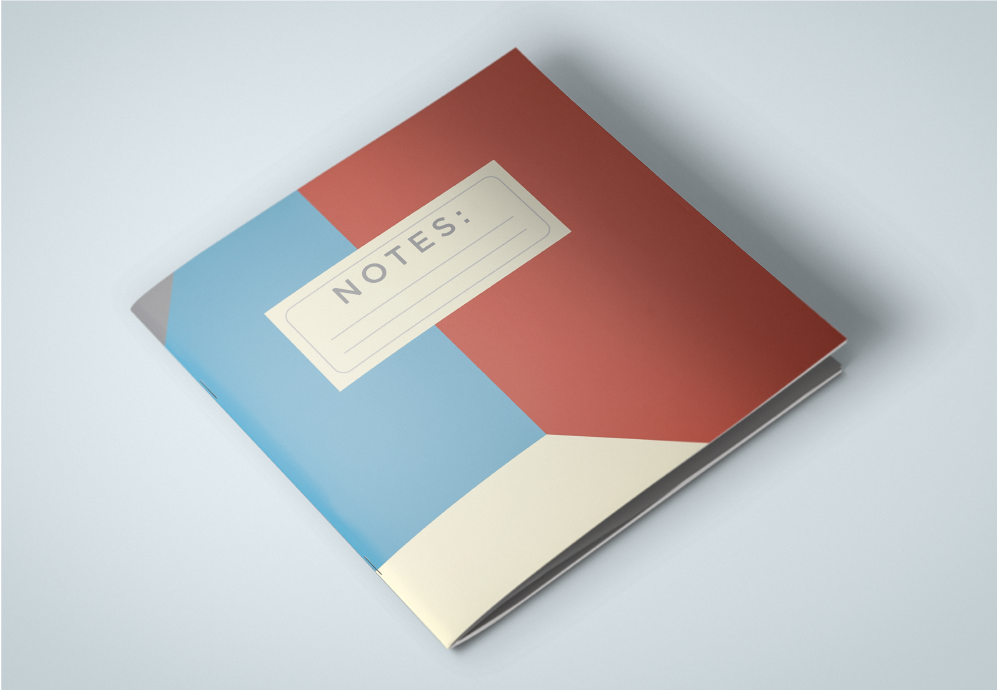

<h2 style="color: #c24d00;">
Spiral Binding
</h2>
<p>
Also called "coil binding", this method uses wire or plastic in a spiral coil inserted through holes along the binding side. This is commonly used for books, calendars, manuals, notebooks, recipe books and more. Spiral binding is ideal for books that require the printed paper to lie flat and need pages that turn over easily.
</p>
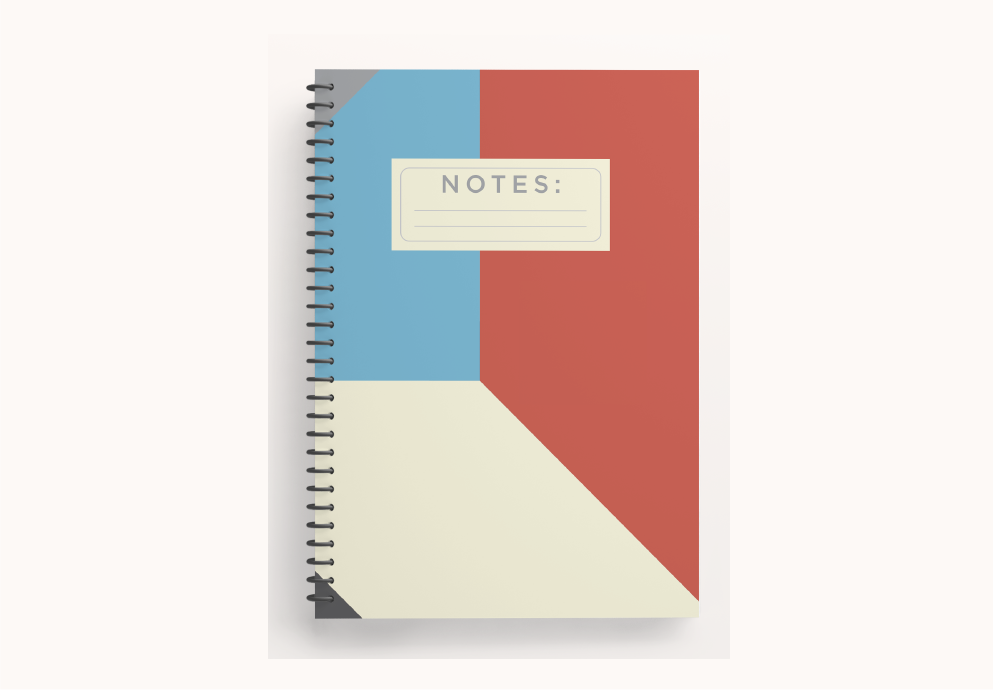
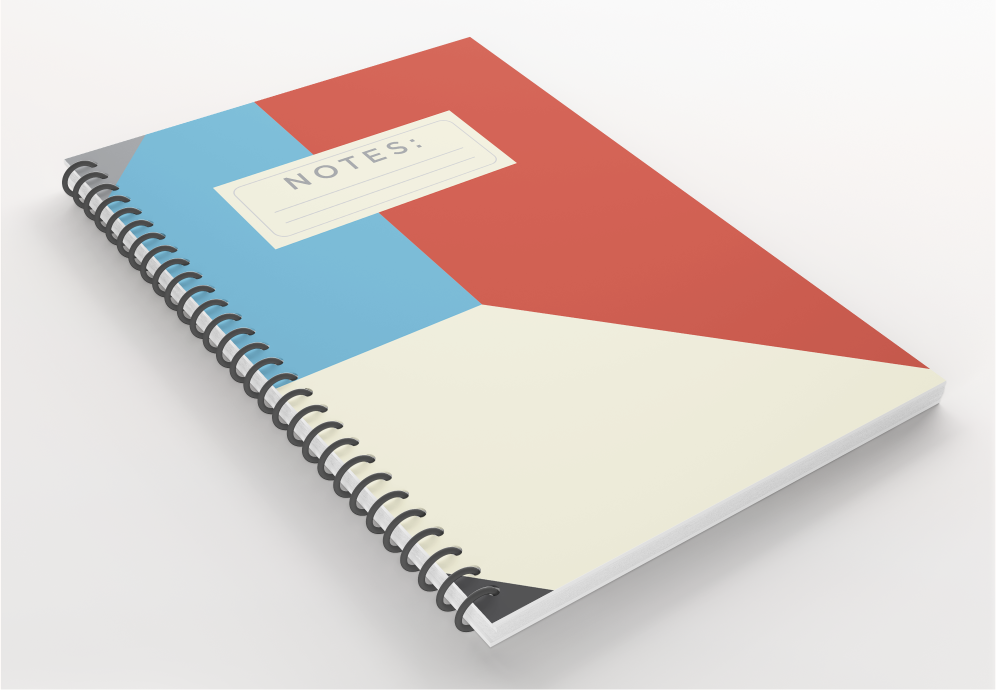
<h2 style="color: #c24d00;">
Wire-O Binding
</h2>
<p>
Also called "wire bound". Wire-O binding is similar to spiral binding, but employs continuous double series of wire loops that run through punched slots along the binding side of a booklet. This is a durable binding option, but it doesn’t allow for much printing space on the binding.
</p>
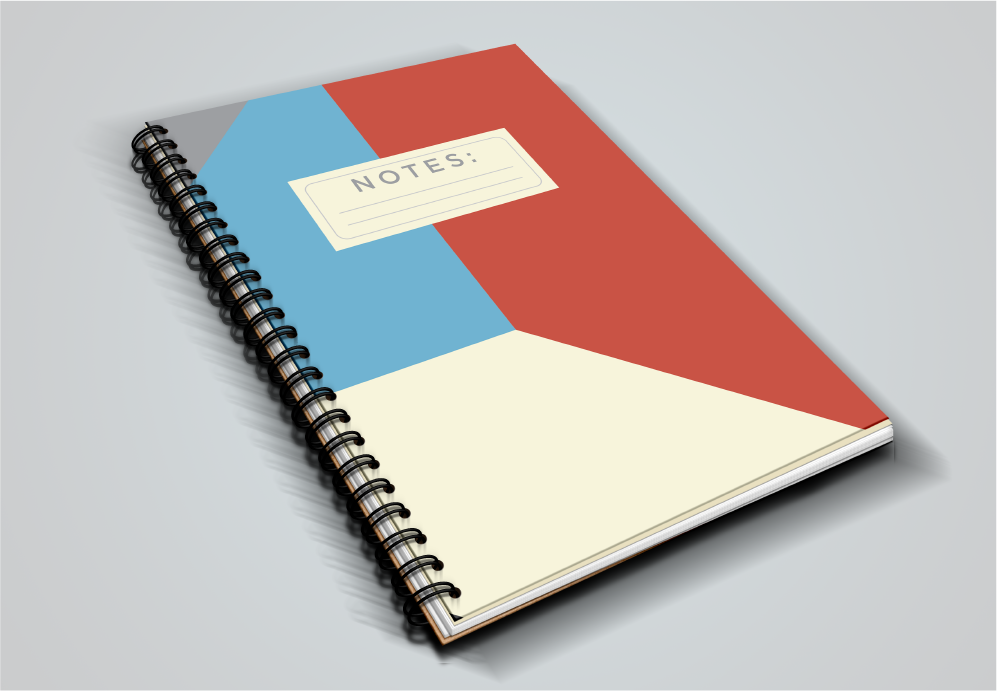
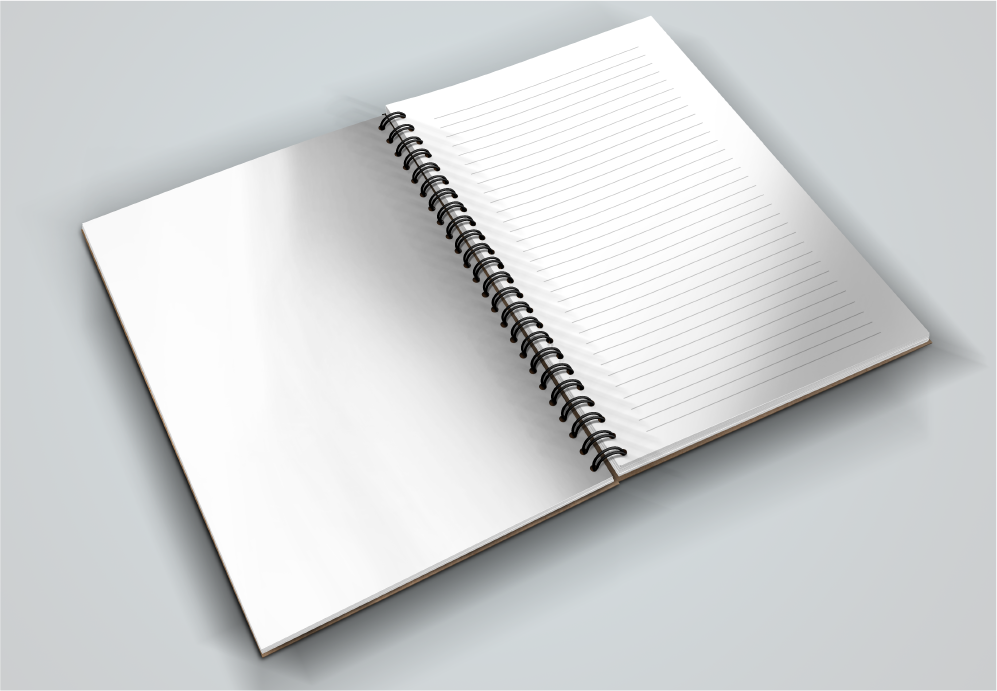
<h2 style="color: #c24d00;">
Perfect Binding
</h2>
<p>
With this method, all the pages are assembled, and the spine edge is ground flat. The cover is then glued to the outside or left edges of the papers. This method can also be used for magazines and items like user manuals. A designer should increase the gutter slightly to accommodate the binding area.
</p>
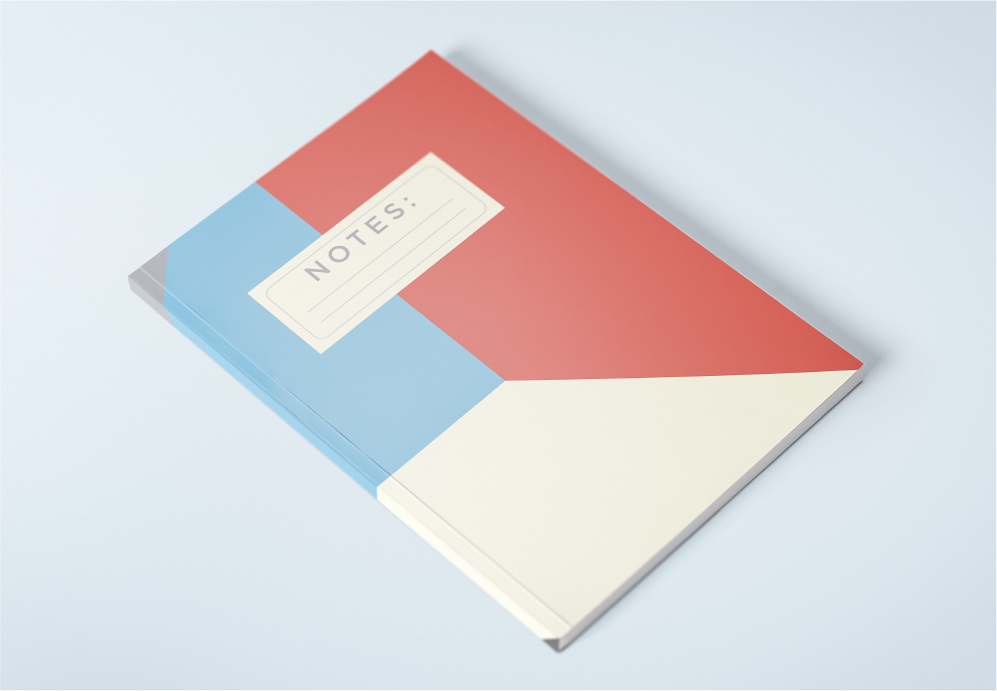

<h2 style="color: #c24d00;">
Case Binding
</h2>
<p>
Commonly referred to as "hardcover". Case binding is most often used for hard-bound bookbinding. The papers (or signatures) are sewn together, glued to a gauze strip and then glued to the endpapers, which are attached to the covers. Case binding provides a strong, high-quality finish that will last longer than many other binding options.
</p>
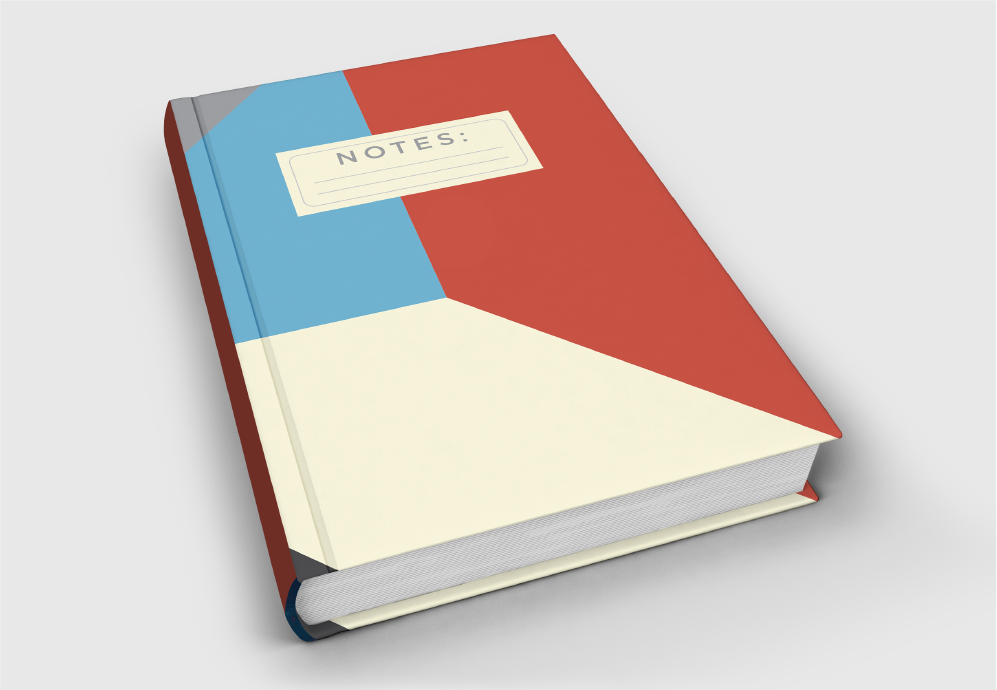

<p>
For more information about which binding method to choose for your project, <a href="tel:8012248666">call us</a>!<a href="https://www.designersinsights.com/designer-resources/choosing-the-right-binding-type/" target="_blank"> Here</a> is another good resource for choosing the right binding method. When you're ready to start your project, <a href="/contact/">we're ready for you</a>!
</p>
[cherry_fixed_parallax src_poster="" invert_value="yes" custom_class="cherry_fixed_parallax1"]
[service_box title="" subtitle="" icon="no" text="" btn_text="Contact Us" btn_link="contact" btn_size="normal" btn_hover_color="#c24d00" target="_self" custom_class="text_banner wow fadeIn"]
[/cherry_fixed_parallax]

